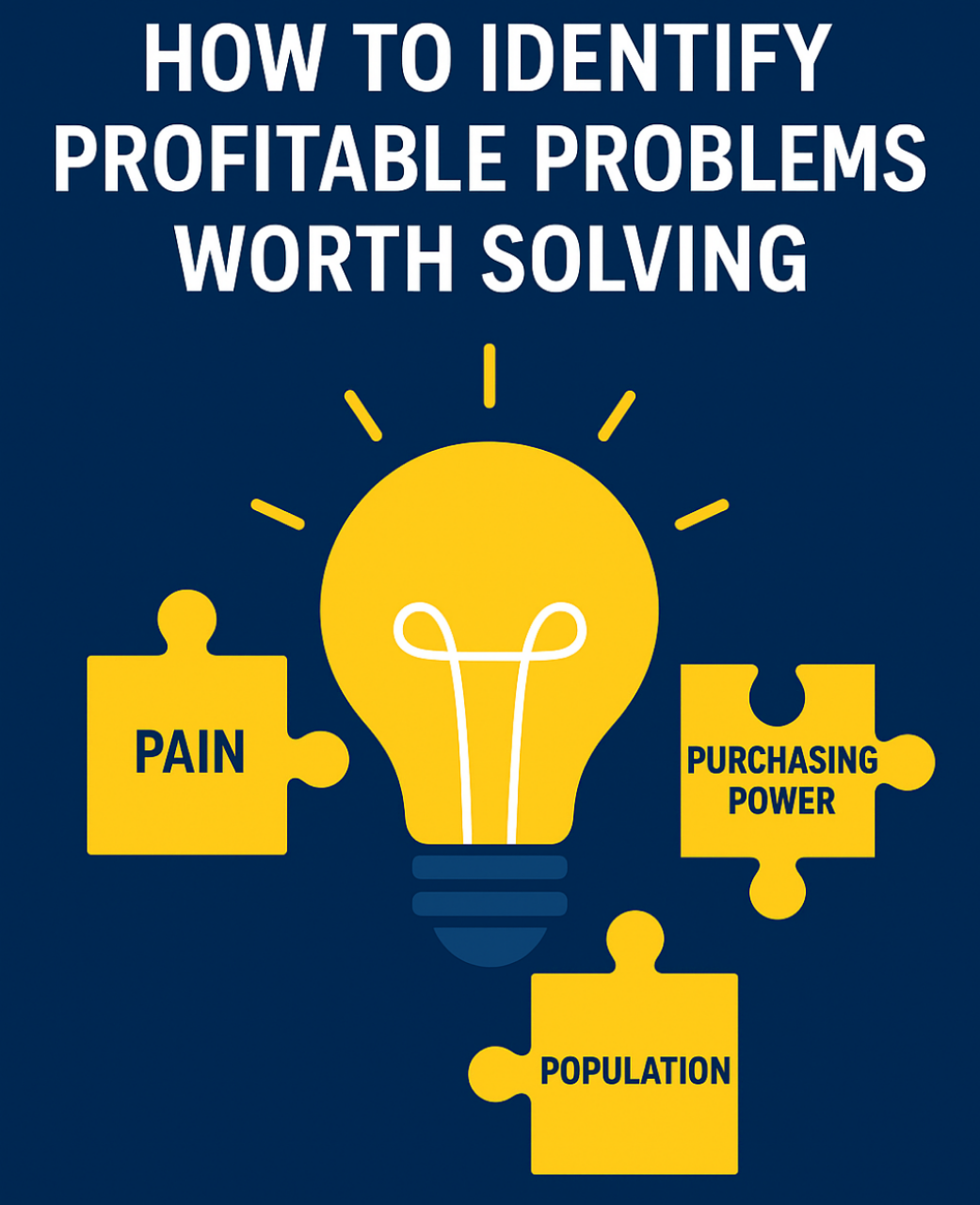Every successful entrepreneur started somewhere. For many, that “somewhere” was a job — working for someone else, collecting a salary, and following instructions. But at some point, something shifted. A spark ignited. They stopped thinking like employees and began thinking like entrepreneurs.
This mental transformation — the mindset shift from employee to entrepreneur — is what separates dreamers from doers, and workers from wealth creators.
If you’ve ever thought, “I want to start my own business, but I don’t know where to begin,” this article is your roadmap. We’ll break down, step by step, how to rewire your thinking so you can start walking the entrepreneurial path with confidence and clarity.

1. The Fundamental Difference Between an Employee and an Entrepreneur
Imagine two people standing in a garden.
- The employee waits for the gardener (the employer) to assign them a plant to water.
- The entrepreneur looks around, sees the potential of the entire garden, and asks, “How can I grow my own?”
That’s the core difference:
👉 Employees focus on tasks.
👉 Entrepreneurs focus on opportunities.
Employees trade time for money — they get paid based on hours or tasks completed. Entrepreneurs, on the other hand, create value and get paid for the results they produce.
Example:
A graphic designer working for a company earns ₦200,000 per month, no matter how many designs he creates.
But if he starts his own design agency, he can earn ₦200,000 from just one client — or even more — because he’s now solving business problems, not just completing tasks.
2. The Key Mindset Shifts You Must Make
Transitioning from employee to entrepreneur requires mental reprogramming. It’s not just about quitting your job — it’s about changing the way you think about work, money, and success.
Let’s break it down.
a. From Job Security to Value Creation
Employees seek security. They want stable income, benefits, and predictability.
Entrepreneurs seek freedom — and they earn it by creating value for others.
✅ Employee thinking: “I need a job that pays me every month.”
✅ Entrepreneurial thinking: “I need to solve a problem that people will gladly pay for.”
Truth: The only real security in life is the ability to create value that others need.
b. From Instructions to Initiative
As an employee, you’re told what to do.
As an entrepreneur, you must decide what needs to be done — and take the first step.
Entrepreneurs are self-starters. They don’t wait for permission; they see a gap and fill it.
Think of it like this: an employee asks, “What should I do next?”
An entrepreneur asks, “What needs to be done?”
c. From Consuming to Creating
Employees often consume — time, resources, and directions.
Entrepreneurs create — ideas, products, services, and jobs.
This is the creator’s mindset. You must start seeing yourself not as a worker, but as a builder.
Every time you create something valuable — even if it’s just an idea — you’re taking a step into entrepreneurship.
d. From Salary Mentality to Profit Mentality
This one is huge.
An employee thinks in terms of salary: “How much will I earn this month?”
An entrepreneur thinks in terms of profit: “How much can I make after solving a problem and covering my costs?”
👉 Salary gives comfort.
👉 Profit builds wealth.
When you think like an entrepreneur, you start asking better questions:
- How can I increase my value?
- How can I multiply my results without increasing my time?
- How can I turn one idea into multiple income streams?
e. From Fear of Risk to Management of Risk
Let’s be clear — entrepreneurs don’t love risk. They simply learn to manage it.
An employee avoids risk because it feels unsafe. But an entrepreneur understands that every opportunity carries some level of uncertainty.
Instead of running from it, they analyze it, prepare for it, and take calculated action.
Example:
Leaving your job without savings is reckless.
But starting a side hustle while still employed, testing your business idea, and growing it step by step — that’s smart risk-taking.
3. The Step-by-Step Path to Shift Your Mindset from an Employee to an Entrepreneurs
If you’re still working a job but dream of entrepreneurship, here’s how to start transitioning mentally and practically.
Step 1: Start Seeing Yourself as a Business
Even if you’re an employee, start acting like a business.
Think: “How can I add more value to my company, my customers, or my community?”
That mindset prepares you for real entrepreneurship.
Step 2: Build Problem-Solving Muscles
Entrepreneurs are professional problem-solvers.
Start looking for problems in your environment — things people complain about — and think, “How could I solve this?”
Every profitable business begins with a problem that needs solving.
Step 3: Learn Financial Intelligence
You’ll need to unlearn the employee’s approach to money (earn → spend → save) and adopt the entrepreneur’s formula (earn → invest → multiply).
Learn how money works, how businesses make profits, and how to reinvest wisely.
Step 4: Embrace Continuous Learning
Employees are trained for roles. Entrepreneurs are trained for growth.
Read books, take courses, attend seminars, follow business mentors — and never stop learning.
Because in entrepreneurship, your mind is your greatest asset.
Step 5: Start Small but Start Now
You don’t need to quit your job immediately. Start a side hustle, test your idea, and grow it gradually.
The goal is to transition smartly, not jump blindly.
4. The Rewards of the Entrepreneurial Mindset
When you make this mindset shift, something powerful happens:
You stop seeing yourself as limited by circumstances — and start realizing that you can create your own opportunities.
Here’s what this mindset gives you:
- Freedom to control your time and income
- Power to turn ideas into impact
- Confidence to create value anywhere
- The ability to build wealth and leave a legacy
Conclusion
The journey from employee to entrepreneur isn’t just a change of job — it’s a change of mind.
If you can shift your thinking from waiting for opportunities to creating them, you’re already halfway there.
Remember: Entrepreneurship starts in the mind before it manifests in the world.
Train your mind to think like a creator, a problem-solver, and a value-builder — and soon, the entrepreneur in you will come alive.
See Also:


